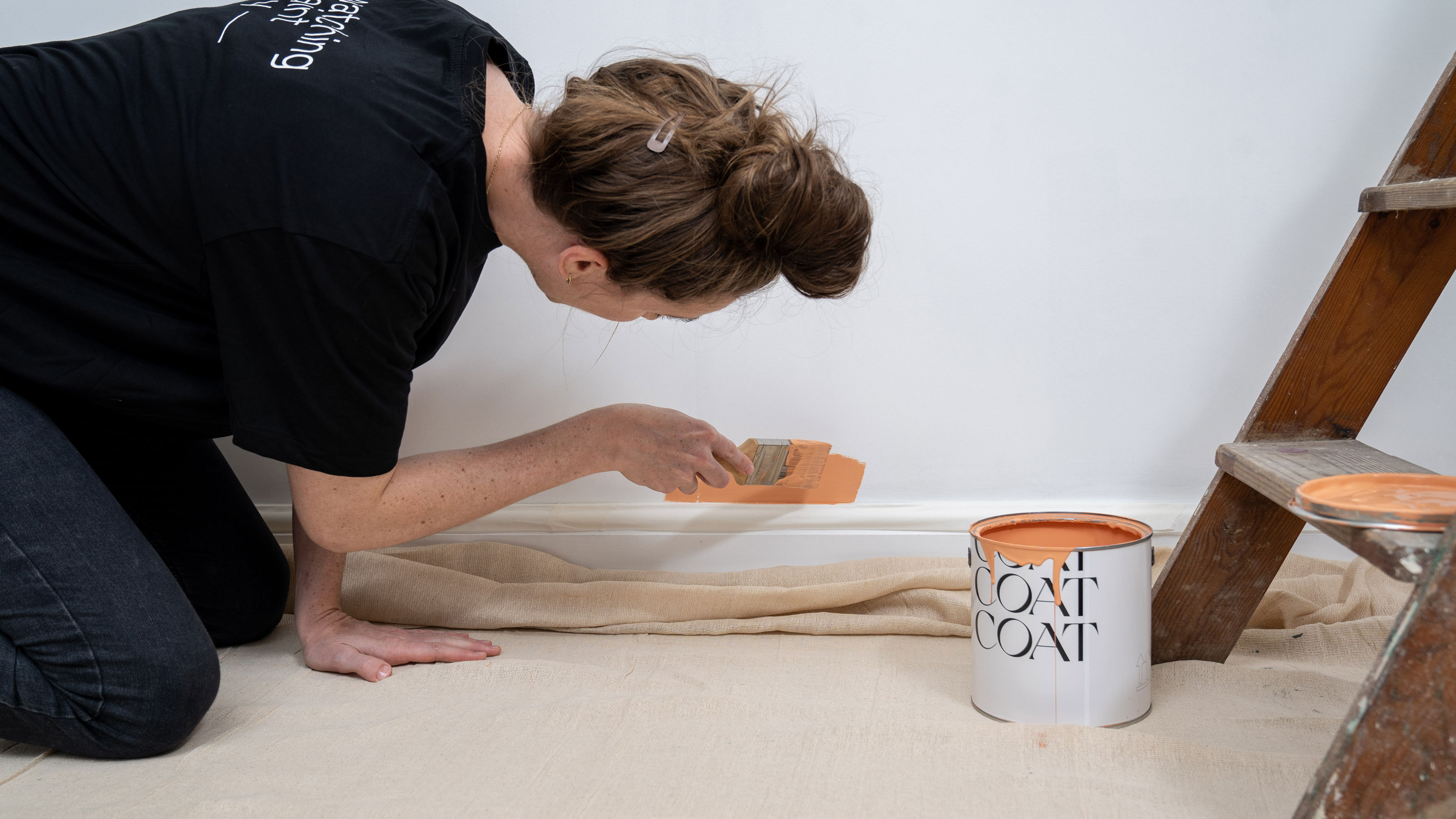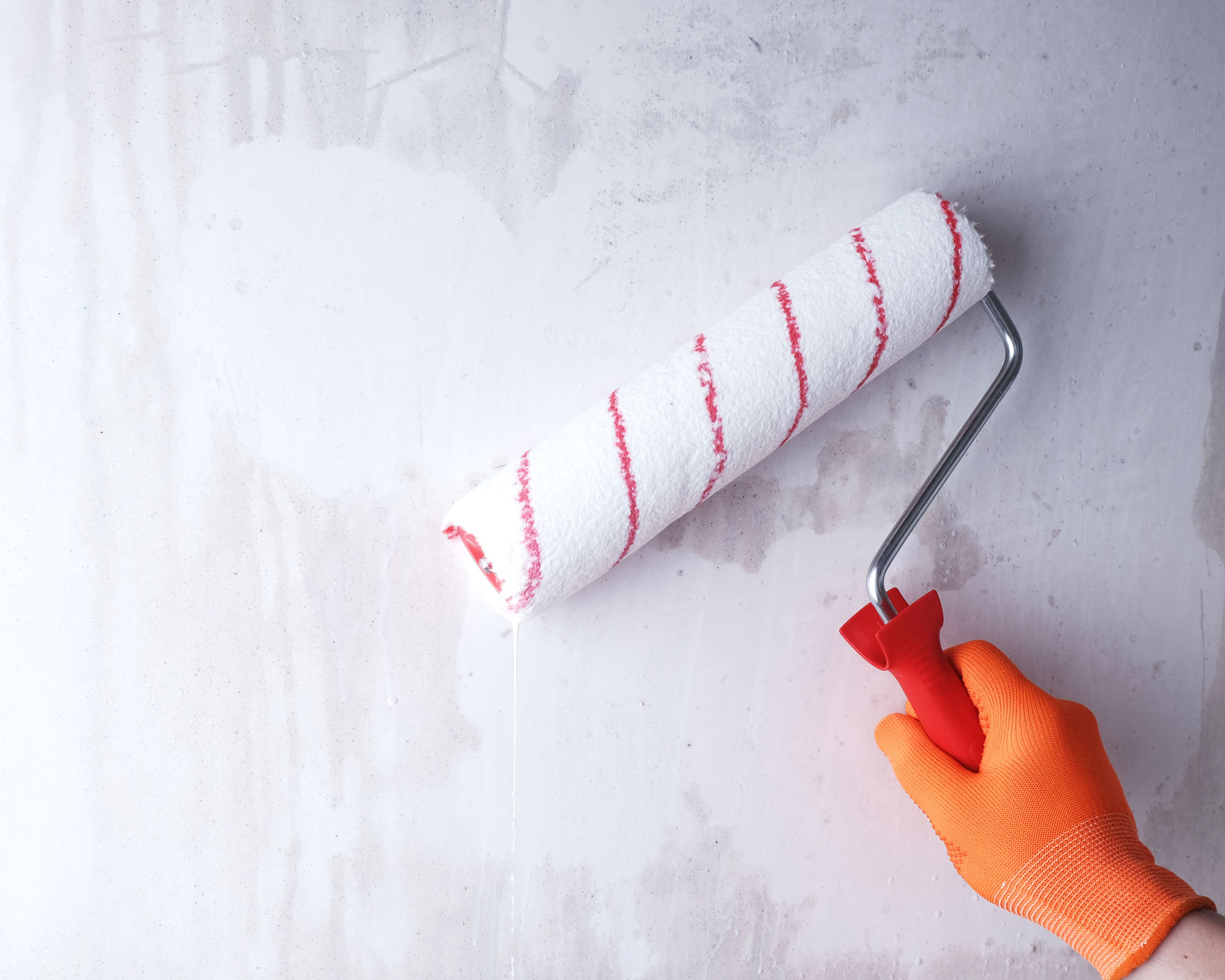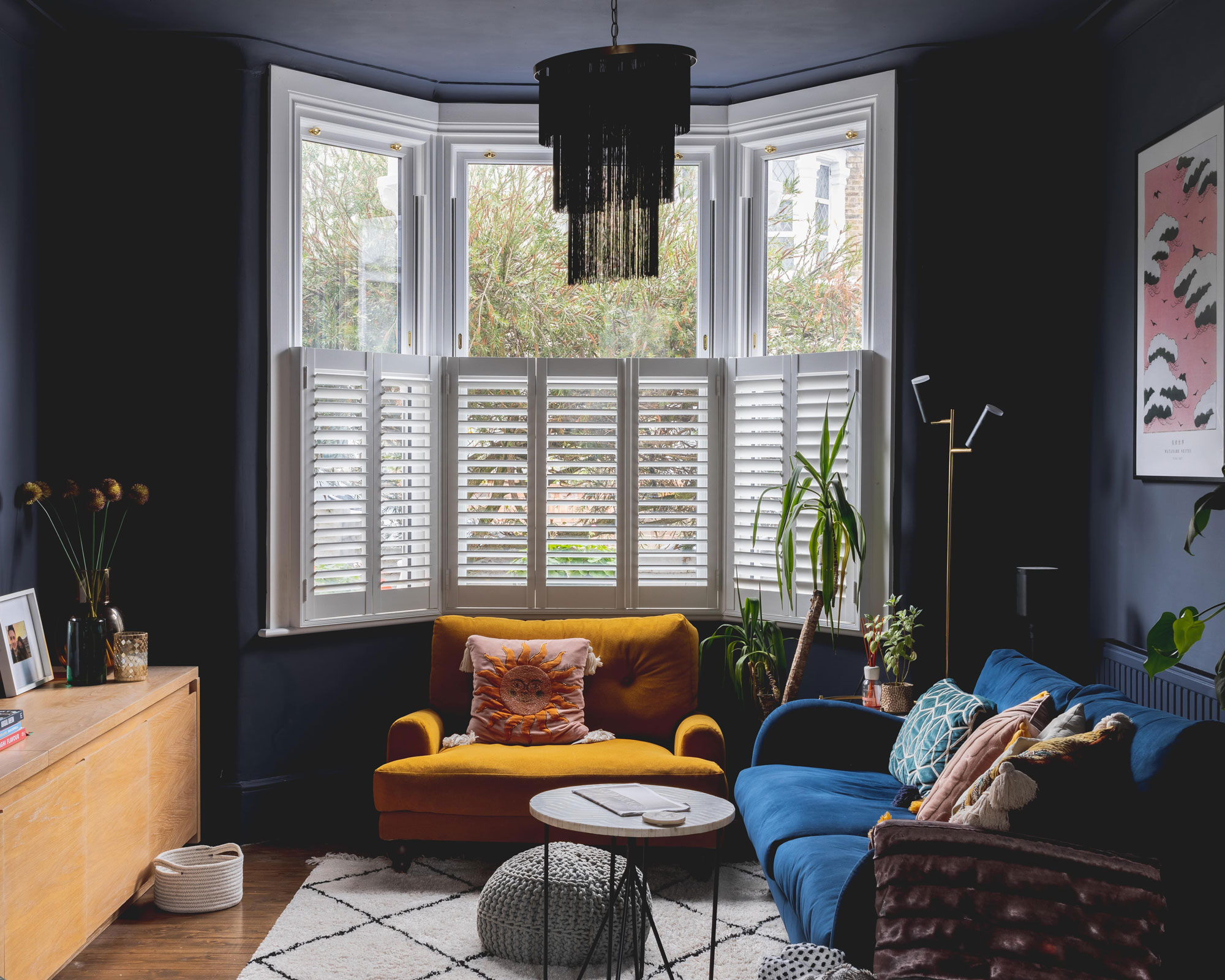Paint pros reveal a common painting mistake
We are definitely guilty of making this particular mistake

Paint experts have shared a common painting mistake we make when redecorating our homes. According to paint professionals, many of us leave out an important stage: prepping the walls with a primer.
Many paints now say that no primer is needed, however, if you want a seamless, professional finish when painting a room, The Paint Shed says not to skip over this step.

Common painting mistake
Some might argue that you don't need to use a primer before starting a paint project. But The Paint Shed says that if you are looking for a top-quality finish with no imperfections, this vital step must not be missed.
'Paint primers act as a base coat, creating the foundation for a flawless paint job,' say the experts from The Paint Shed. 'You should always use a primer if you need to cover imperfections, conceal stains or neutralize the color of a surface before painting.'
The professionals say a primer, available at Amazon, creates a foundation for brilliant color and a smooth, seamless paint application. In most cases, they recommend using one coat of primer before two coats of your chosen paint to achieve a professional finish.

When going from dark to light, a primer is recommended
If you're painting a porous surface, such as wood or masonry, you may need to use two coats of primer. The same is true if you're painting over dark colors, going from a dark shade to something lighter.
If you are painting walls or surfaces that are compromised in any way, for example, if it's chalky, stained, powdery, or peeling, then the experts say you'll need a primer. 'This also applies to surfaces that have been repaired or patched in the past, or if you’re moving from a higher sheen to a lower sheen,' says The Paint Shed.
Get small space home decor ideas, celeb inspiration, DIY tips and more, straight to your inbox!

In these scenarios, a primer will help create a seamless transition. Although it's an extra expense and means your paint job will take longer, we'd rather make sure we've done everything we can so the walls look good for years to come.
Once you're done on the inside, you can thinking about painting the outside of a house, too. Will you be taking their advice?
Millie joined Real Homes in early 2021 as a homes news writer. When she isn't writing about trends, makeovers and houseplant care, she spends her free time making tweaks to her rented flat in North London. Her next project is a very basic armchair reupholstering job to help create a cosy reading nook in her living room. She loves browsing antique centres, tending to her small front garden, and is never without some fresh flowers at home.